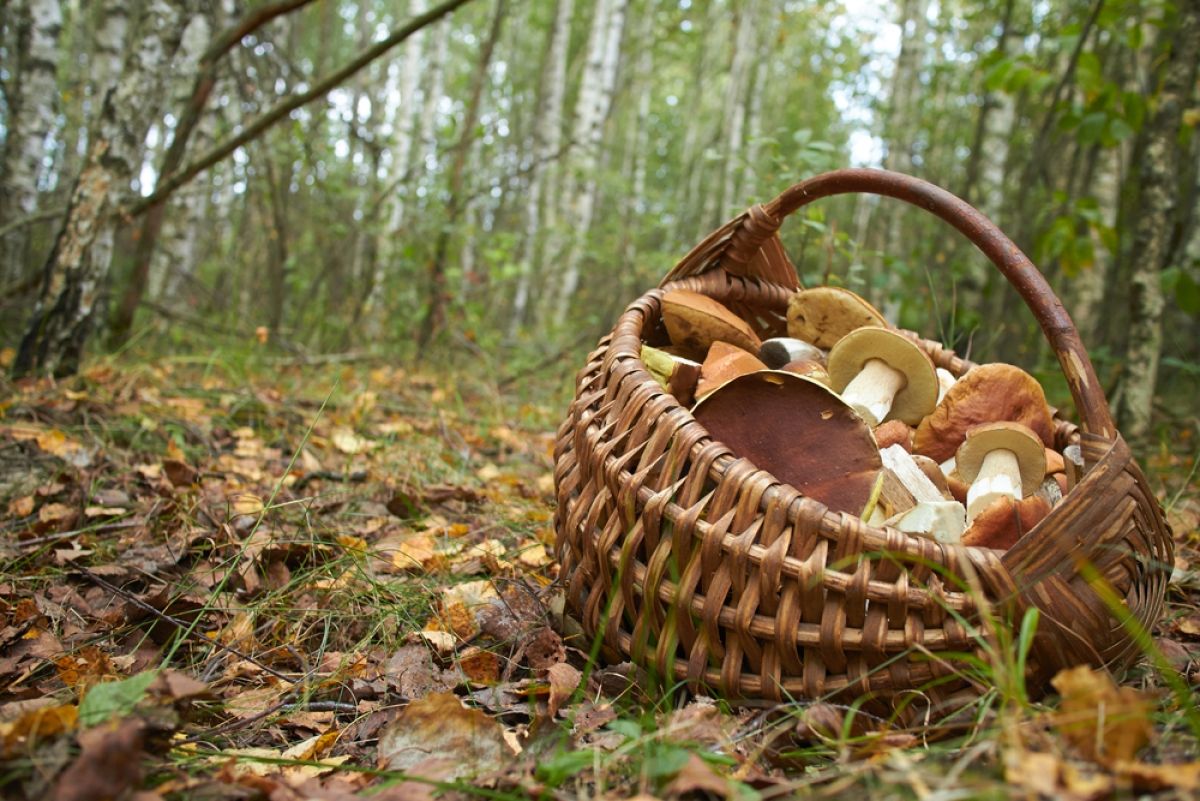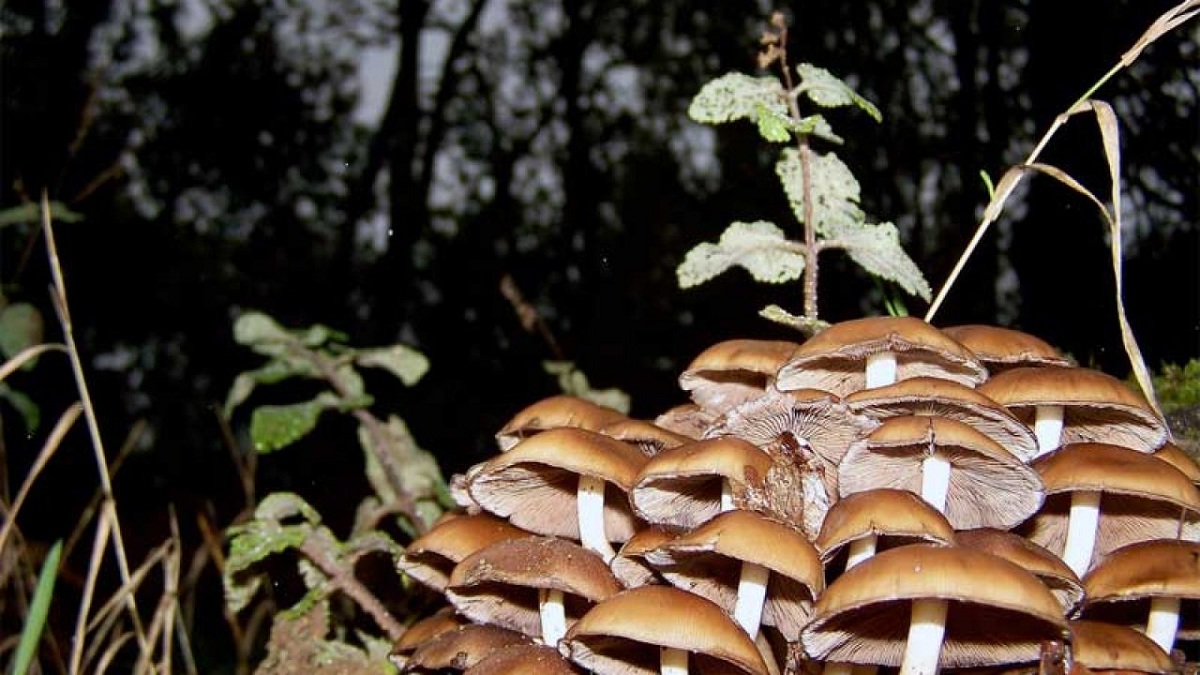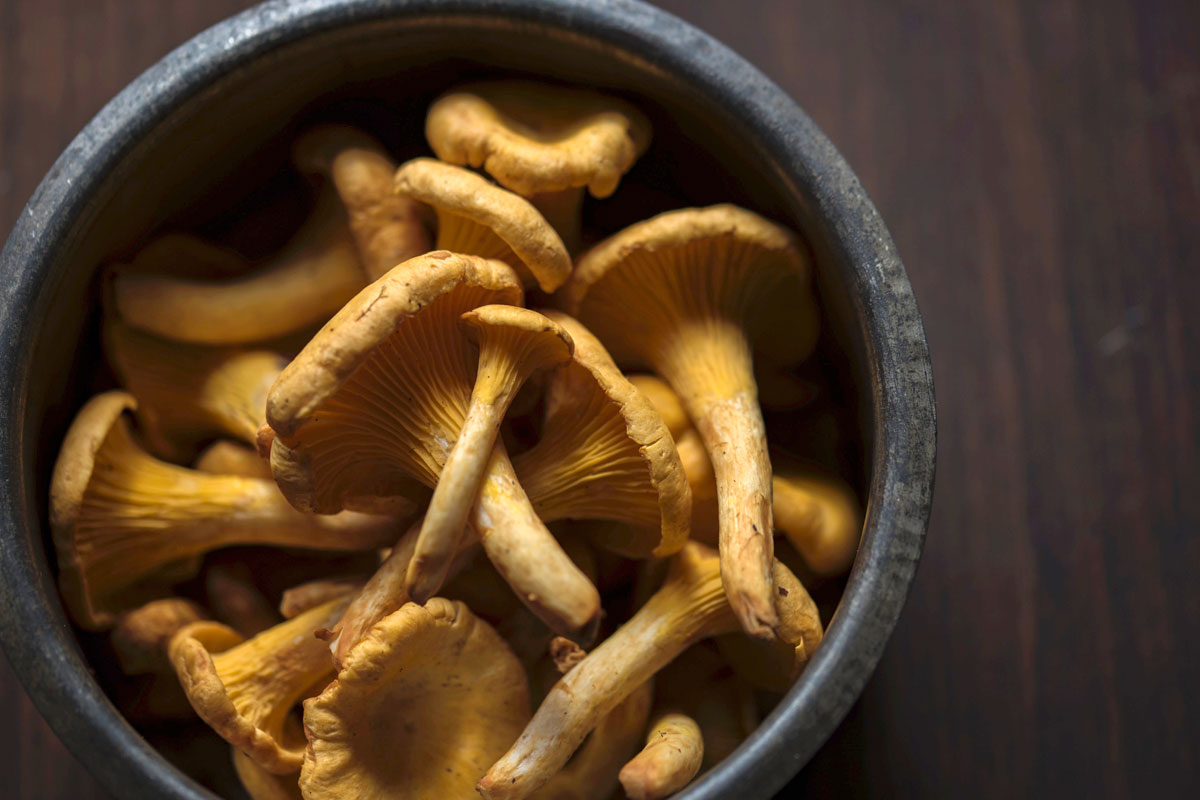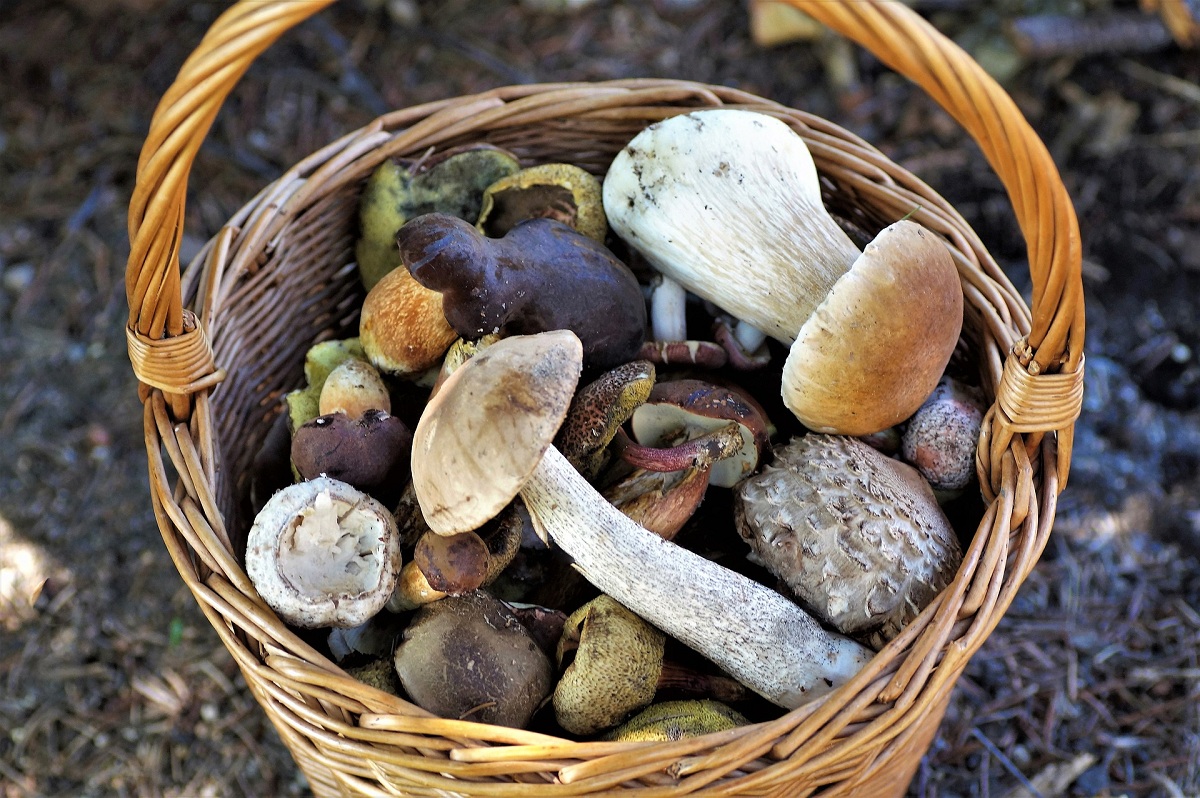
There are many mushroom curiosities. Mushrooms are a prominent delicacy in fall and winter, and their dietary value is also noted for their weight control. Besides taste and food, they are also related to many aspects of our popular culture. There are mobile apps to go out and search for mushrooms in the bushes - and even with our ancient religion. On the other hand, they favor the development of an economic sector that, although it has a strong seasonality, cannot be ignored. It is estimated that each year 200 million euros are transferred around the mushroom business in Spain.
For this reason, we are going to dedicate this article to tell you what are the main curiosities of mushrooms that perhaps you did not know.
Mushroom curiosities
They are neither plants nor animals
Mushrooms are the exterior of some fungi that live underground or in decaying organic matter. However, there are many types of mushrooms, because they are actually one of the five kingdoms where we group living beings, so they are not considered plants or animals. They do not photosynthesize like vegetables, nor can they eat properly as we do in the animal kingdom.
In the kingdom of fungi, they range from those that inhabit our intestinal flora to the yeasts that ferment flour, grapes or barley, through mold or those that attack the soles of our feet. Of course, there are those who pick mushrooms.
Especially the fungi that make fungi are characterized by living underground or in decomposition of organic matter. Their job is to absorb the results of this decomposition to feed themselves, and they can also collect minerals from the ground.
These fungi are long networks of cell filaments, like connected train cars (mycelium), they can pass minerals from one cell to another along each filament (hypha). On the other hand, many of them are connected to the roots in a mixed organ called mycorrhiza. This organ is symbiotic, that is, is the cooperation center of two organizations, which allows the tree to provide sugar to the fungus, and the fungus uses its filaments to carry minerals to the tree from a distance. Also, a mushroom can connect multiple trees or even the entire forest to form an organic Internet for the forest.
A single mushroom connected to 900 hectares of forest was discovered in Oregon in the North Pacific of the United States, thus constituting the largest known organism on earth. It is suspected that this interconnected fungus, in addition to different types of information, can also move antibiotic substances from a tree, it can be said that they are the wisdom of the forest.
The mushroom is considered the genital of the fungus
In fact, mushrooms are the gonads of fungi, they are organs that produce spores and fungi mix their genetic material through spores. If you wish, you can also call him mushroom flower.
Under the hat of the mushroom, we can see radial leaves called "flakes", which are spore-producing and then spread by the wind or animals. The fungus only produces mushrooms after the rainy season, because it has enough moisture to make these hydraulic structures in 90% water.
They can only be eaten by 0,0001%
A mycologist, a scientist who studies mushrooms, has a joke that says, "All mushrooms are edible, but most can only be eaten once." In fact, only 600 of the current 600.000 types of mushrooms are edible.
The others exhibit varying degrees of toxicity due to the alkaloids they produce to ward off animal attacks, and some are outright fatal. On the other hand, not all creatures have the same resistance: for example, slugs are 1.000 times more resistant to boletus toxicity.
Truffles, including white (Tuber magnatum) and black (Tuber melanosporum), are a kind of fungal spore block structure, forming mycorrhizae with chestnuts, walnuts, holm oaks and holm oaks from southern Europe (Italy, France, Spain) and grow underground instead of coming to the surface.
The best curiosities of mushrooms
Forest of mushrooms and mushrooms at home
For more than two decades, the roots of newly sprouted trees have been fumigated by spores of various fungi to form mycorrhizae. They are then planted in the fields, waiting for trees and mushrooms to grow, and the latter eventually will develop mushrooms after the rainy season, which can take about five years. In addition, the most modern technology allows to spray the seeds of the trees directly before planting.
If we have a dark, humid and cool area to make them work, then saprophytic mushrooms are decomposers of organic matter, like shiitake mushrooms or oyster mushrooms, which can be grown at home. For this, a mixture of rice straw and cow manure is used, fumigated with fungal spores and packed. In fact, these packages are already commercially available and we just need to store and water them regularly. The fungus mushrooms will gradually appear on the surface.
Mushrooms walking
Myxomycetes are a very peculiar type of fungi that form a kind of plasticine block instead of underground filaments. They live on the decomposition of organic matter, especially the trunks of the humid forests, which are bright yellow, red or orange. They look like a melted candle or a ball of clay, and they move in search of substances to decompose. They do this by generating currents of cellular plasma that push the fungus in a specific direction.
The relationship between mushrooms and witchcraft has a long history, because some poisonous mushrooms do not kill people, but they do have effects exciting or hallucinogenic, which were used in the cult of ancient witches. As an example of this, the witch's ring is a mushroom ring that appears in a clearing in the forest and is technically called an "aril."
The wicker baskets that pickers use have an ecological reason: to help fungi multiply. When we put the fungus in the basket, it releases spores, and as we move in the forest, these spores will fall to the ground through the holes left by the wicker fabric so that we can distribute them.
I hope that with this information you can learn more about the curiosities of mushrooms.


